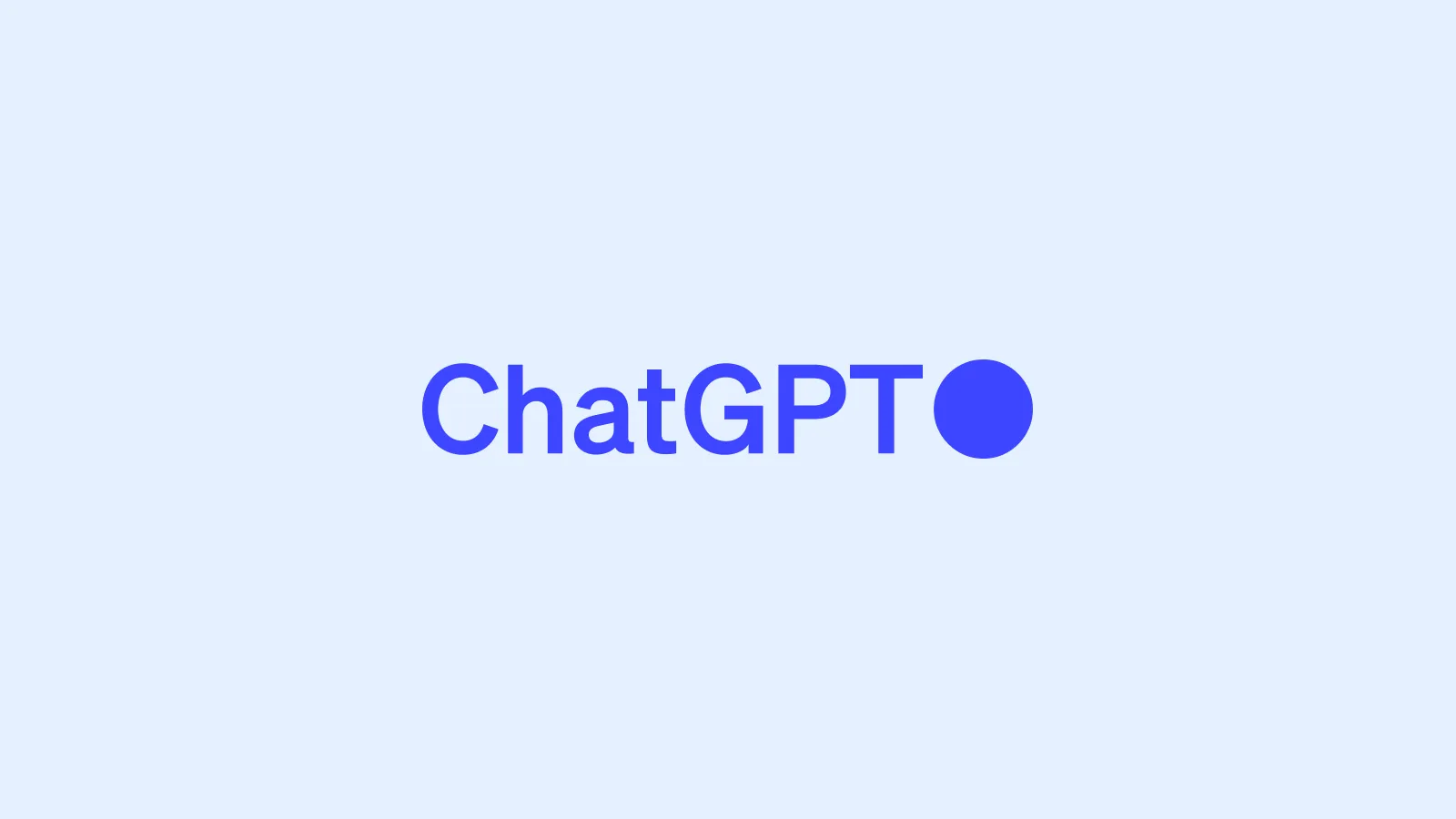The great weakness of this approach of using AI to test what people think is that to some extent, all the AI models have what are called guard rails so they have been pre-programmed to steer away from certain kinds of discussion which were deemed, 'harmful' by their creators. So they will all actively steer away from some kinds of views.An interesting way of using AI to carry out focus group analysis.
I was watching a video yesterday when someone suggested that the days of expensive focus group, opinion analysis might be over.
Typically, political parties spend a lot of money trying to work out how ordinary people react to their policies and what their views are about what politics should change on their behalf.
This person dropped a 'seed':
Why not use AI instead of doing all that cumbersome, expensive analysis.
Big AI, already knows from its vast training data sets what people are talking about and what they think and what their problems are. It usually has vast datasets of online discussion on a vast range of subjects.
So I asked chat GPT to reflect what it though two different demographics would be concerned about and want politicians to change.
If you click the link, you will need to scroll back up to the top of the page. For some reason these chat gpt links always place you at the end of the page.
I was surprised how closely the virtual consultation seemed to reflect what I might have expected for the two groups I specified. Take a look -

ChatGPT - Synthetic focus group concerns
A conversational AI system that listens, learns, and challengeschatgpt.com
I don't have much of a problem with that except that if you were really going to use big AI models to test opinion, it would automatically screen out and refuse to represent views which were deemed by its creators as unacceptable - so those kinds of views would be hidden from the enquirer. This means the analysis would not truly represent such minority opinions and it would appear that they didn't exist.
If the enquirer was really seeking to know what the population think, the omission of these fringe concerns would mean the analysis was incomplete.

